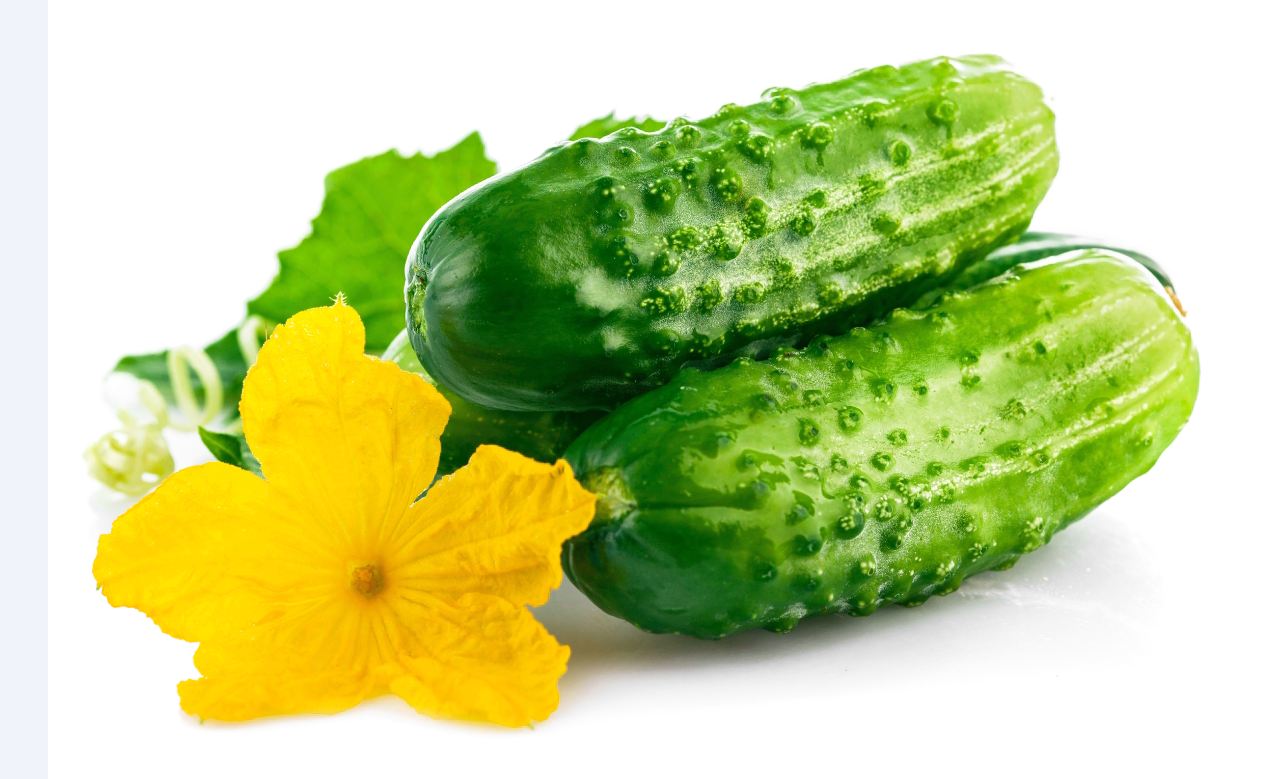Acne is a common skin condition. It causes bumps on the skin known as pimples. Pimples form when the tiny hair follicles in your skin are blocked by dead skin and oil. You may hear the term “breakout” used to describe all forms of acne, but this isn’t always an accurate description.
- Acne Types
- blackheads
- whiteheads
- papules
- pustules
- nodules
- Cysts
Blackheads
Blackheads occur when a pore is clogged by a combination of sebum and dead skin cells. The top of the pore stays open, despite the rest of it being clogged. This results in the characteristic black color seen on the surface.
Whiteheads
Whiteheads can also form when a pore gets clogged by sebum and dead skin cells. But unlike with blackheads, the top of the pore closes up. It looks like a small bump protruding from the skin.
Whiteheads are more difficult to treat because the pores are already closed. Products containing salicylic acid can be helpful. Topical retinoids give the best results for comedonal acne. Currently, adapalene (Differin) is available over the counter as a retinoid. If it does not work for you, stronger topical retinoids are available by prescription from your dermatologist.
Papules
It occurs when the walls surrounding your pores break down from severe inflammation. This results in hard, clogged pores that are tender to the touch. The skin around these pores is usually pink.
Pustules
Pustules can also form when the walls around your pores break down. Unlike papules, pustules are filled with pus. These bumps come out from the skin and are usually red in color. They often have yellow or white heads on top.
Nodules
Nodules occur when clogged, swollen pores endure further irritation and grow larger. Unlike pustules and papules, nodules are deeper underneath the skin.
Because nodules are so deep within the skin, you can’t typically treat them at home. Prescription medication is necessary to help clear these up.
Your doctor or dermatologist will likely prescribe the oral medication isotretinoin (Sotret). This is made from a form of vitamin A and is taken daily for four to six months. It can treat and prevent nodules by decreasing oil gland size within the pores.
Cysts
Cysts can develop when pores are clogged by a combination of bacteria, sebum, and dead skin cells. The clogs occur deep within the skin and are further below the surface than nodules.
These large red or white bumps are often painful to the touch. Cysts are the largest form of acne, and their formation usually results from a severe infection. This type of acne is also the most likely to scar.
The prescription medication isotretinoin (Sotret) is commonly used to treat cysts. In severe cases, your dermatologist may surgically remove a cyst.
- Acne Causes
- sebum
- bacteria
- hormones
- dead skin cells
- ingrown hairs
Acne is usually associated with hormonal fluctuations experienced during your teenage years, but adults can experience acne, too. About 17 million Americans have acne, making it one of the most common skin conditions among both children and adults.




